Capital:
Rabat
Currency
Dirham
Best time to visit:
Spring (from mid-March to May) and autumn (from September to November) are the best seasons for a trip to Morocco. Winter is proof of the old adage "Morocco is a cold country with a hot sun": temperatures are mild during the day, but cold at night and even freezing in the mountains and in the desert. If you leave in the summer, just visit the coast and the High Atlas region, because the heat is stifling inland.
In a word:
Salamu’lekum (good morning)
Vaccines
Outside the major cities, health facilities are scarce and poorly equipped.
At the table:
Excellent breakfast with fruit juices, omelettes, pancakes and sweet pastries, usually very substantial. Try the tagine (stew), pastilla (meat pie) and of course the national dish: couscous. Popular snacks are grilled skewers, kefta (meatballs), pizzas and brouat (puff pastry rolls). As a dessert, in addition to the classic kaab and ghazal ("gazelle horns", almond sweets), we generally like sweet couscous and orange salad.
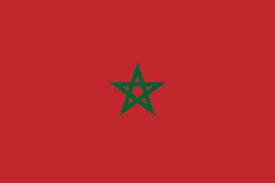
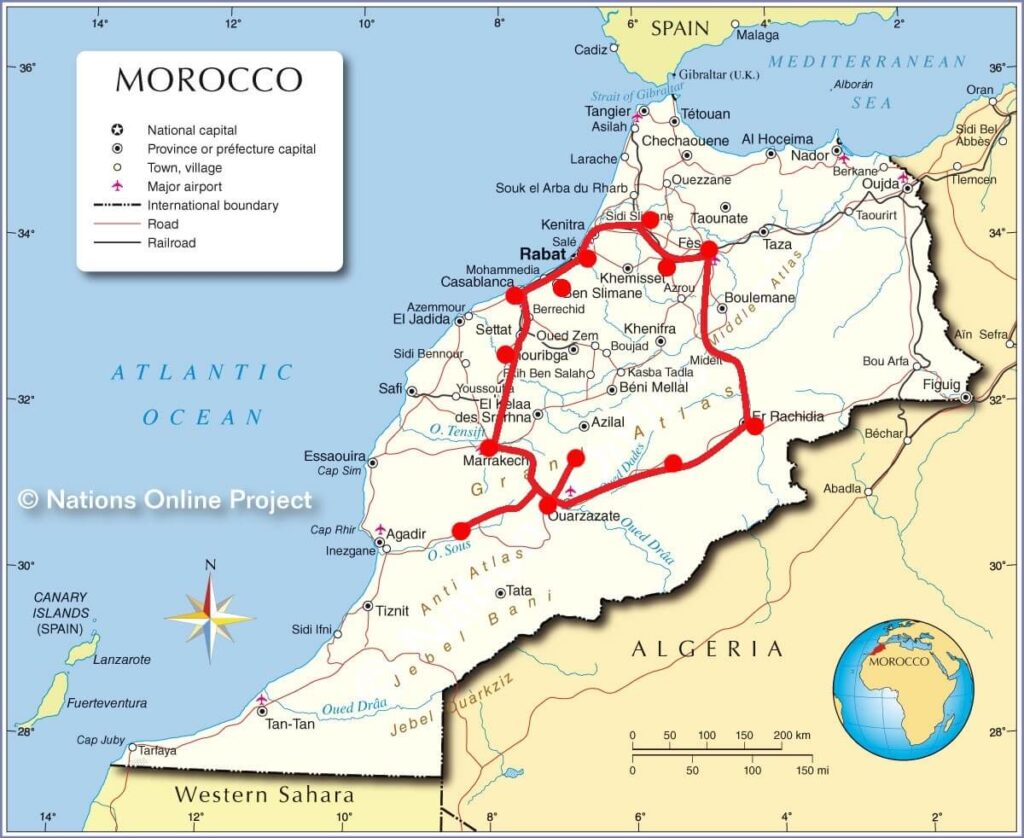
Warnings:
- Do not drink tap water. The risk of intestinal infections is high, so pay attention to hand and food hygiene.
- Henna tattoos sometimes contain additives that can trigger allergic reactions. Accept only those with the classic red henna, never with black.
Essential experiences: Contemplate the colors of the Marakech souq and dive into the wonderful Djemaa el-Fna square; Stroll on the back of a dromedary in the Sahara dunes before falling asleep in a Bedouin tent in the desert; Walk the intricate streets of the imperial cities of Fes and Meknes
Halfway between Europe and Africa, Morocco is a country that offers a great variety of landscapes, culture and wonderful places to discover. With an incredibly varied landscape, there is something for everyone: trekking on the sand dunes of the Sahara, excursions to meet the Berber peoples of the desert, trips to the Atlas Mountains, walks in the heart of the green palm groves ... a living culture made of mosques, madrasas and local folklore. And again the scents, noises and colors of the markets and the precious local craftsmanship.
A visit cannot miss the most famous cities, such as Marrakech, Fez, Casablanca and Tangier, fascinating cities united by a glorious period that has made them unique and rich. You retrace the footsteps of the sultans in the richly decorated palaces and gardens, stroll through the streets of the Medina discovering ancient views.
The big Moroccan cities are a bit chaotic but full of things to do and experience. Finally, if you want to relax a bit, just head towards the Atlantic coast and enjoy its long beaches of fine sand! In short, you will be spoiled for choice.
Below is the story of our travel experience.
Our suggested itinerary (12 days) | |
two days: | Casablanca, Rabat |
three days: | Meknes, Fez |
three days: | Rissani, Erg Chebbi, Dades Gorge |
four days: | Ouarzazate, Marrakech |
"Traveling extends your life, fills it with faces and landscapes, songs and sounds and horizons that you did not know. You know cowards who have to live as brave, and brave men forced to live as cowards. Your old ideas collapse and new ones are born. And traveling is dancing, as the Chichewa rightly say, adapting your pace to that of others, turning in the void following sounds and rhythms you did not know, deaf to everything that was not the melody of a song until then unknown. "
- Javier Reverte - (Vagabond in Africa)
We land in Casablanca, the country's main airport, which handles most international flights, but we leave immediately for the capital: Rabat.
I did not mind the taste of Rabat, I wanted to visit this great city of the Maghreb that is often not valued by travelers who rather focus only on classic imperial cities. Rabat is the main center of the nation's traditional cuisine and architecture, a real gem where colonial buildings, palm tree-lined avenues and a cosmopolitan atmosphere make the city an unmissable destination during your trip to Morocco.
The royal palace, the royal guards in full uniform, the mosque of Mohammed V, the Kasbah of Oudaias but above all the Medina with its souq characterize the capital of Morocco!
The souqs always have a certain charm… Thousands of labyrinthine alleys animated by countless people who sell, buy, haggle, deal… Many different smells, many alternating colors.
The Kasbah, an ancient fortification, struck me for its white-blue colors, Santorini style ... Those narrow alleys, the many picturesque views with once again the majestic ocean that frames ...
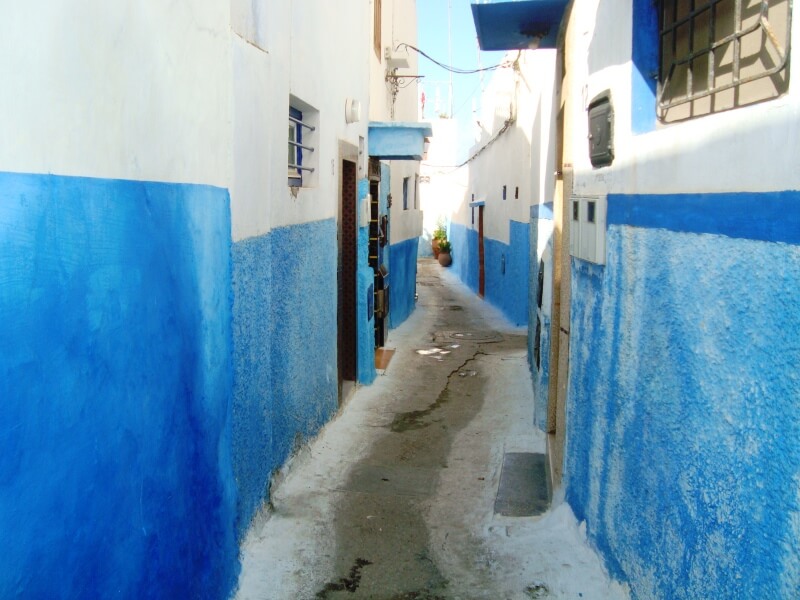
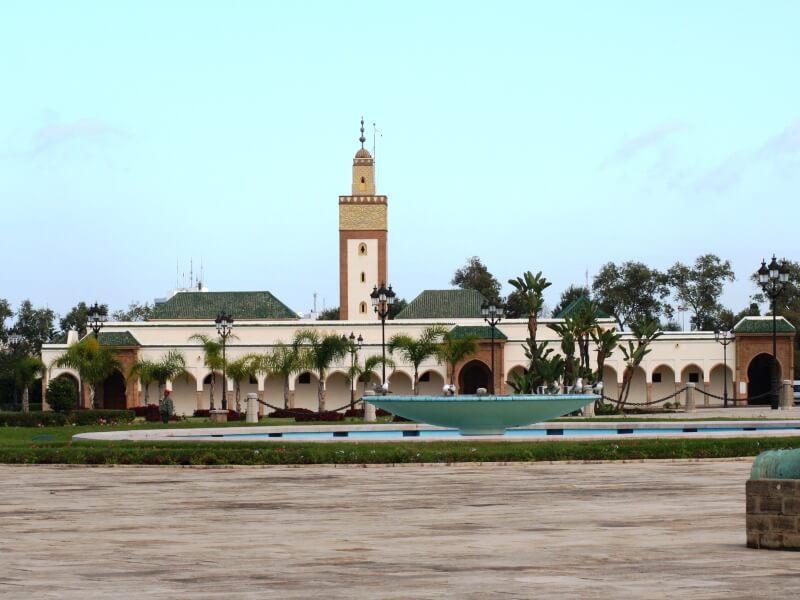
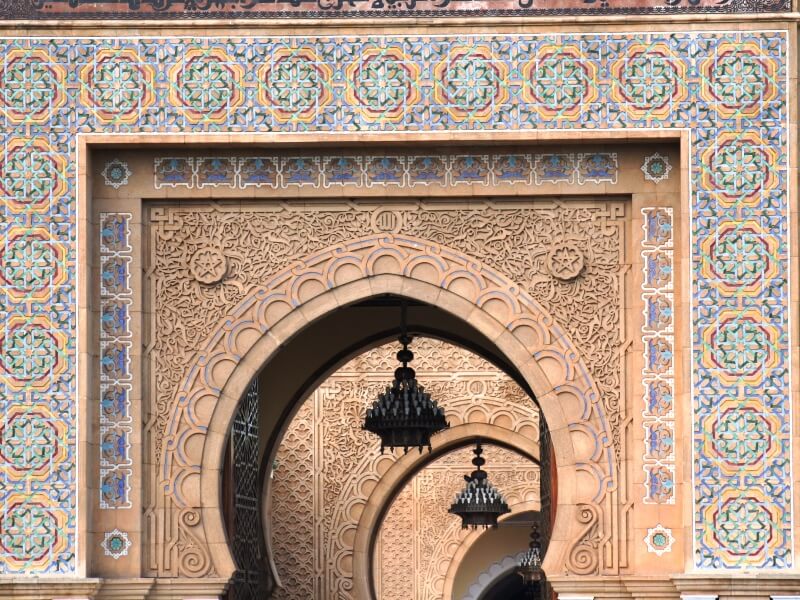
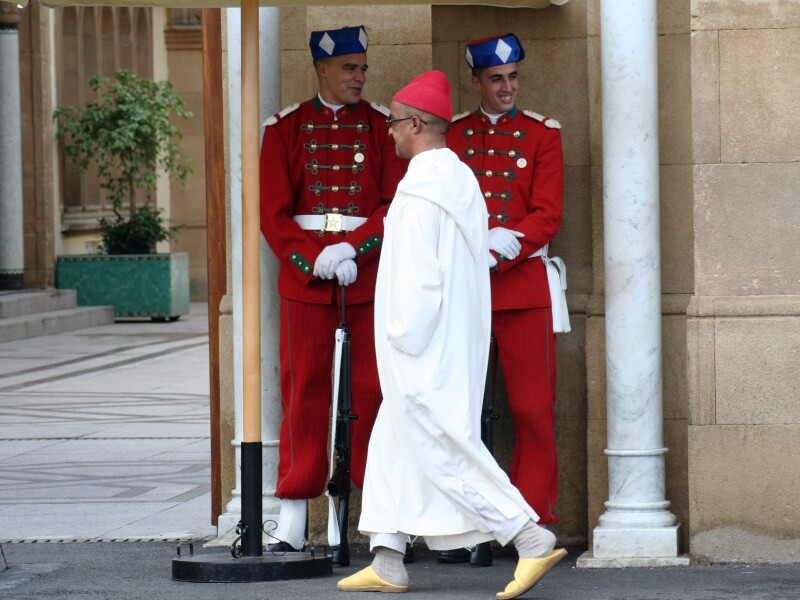
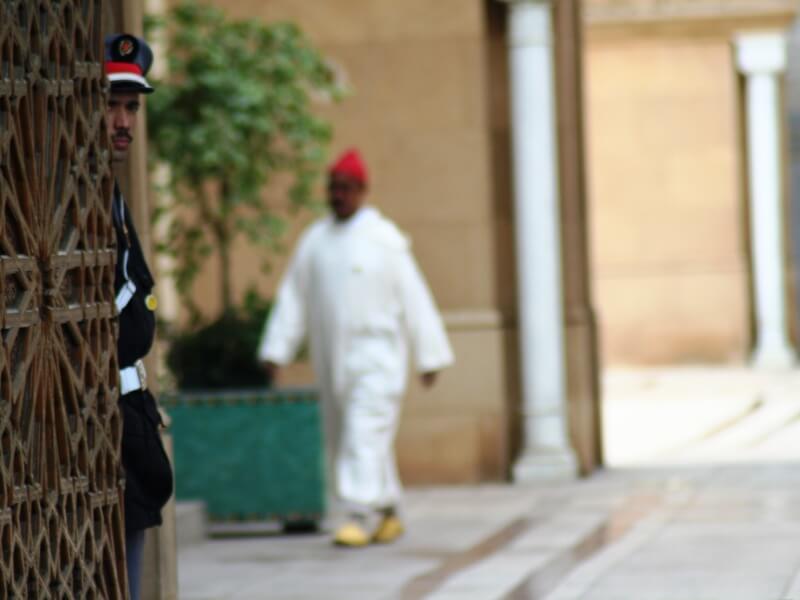
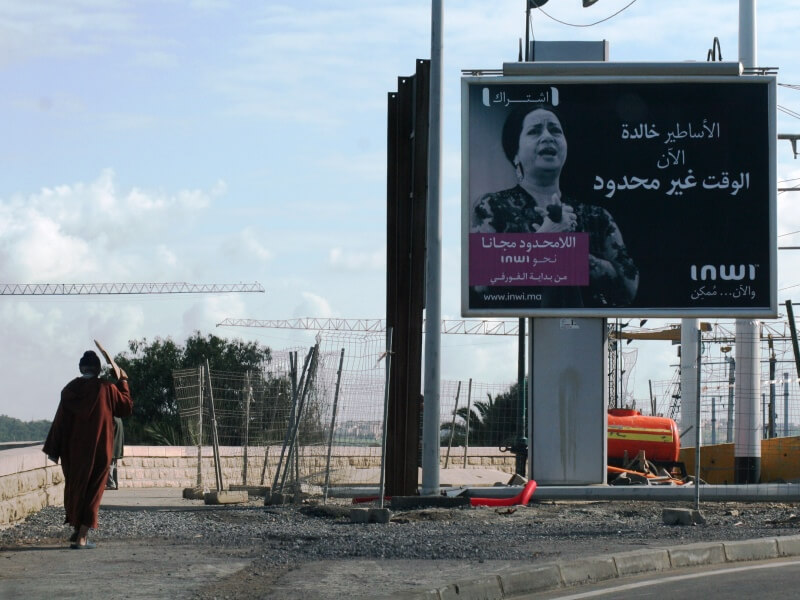
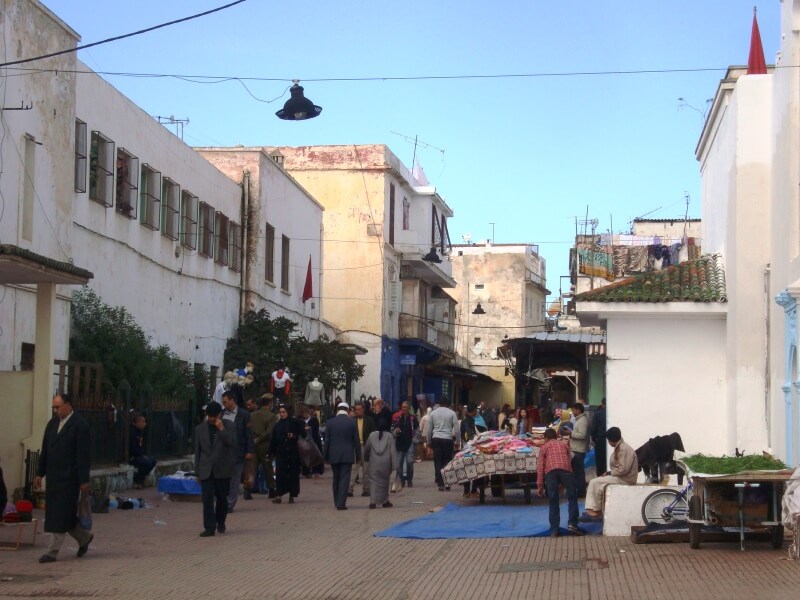
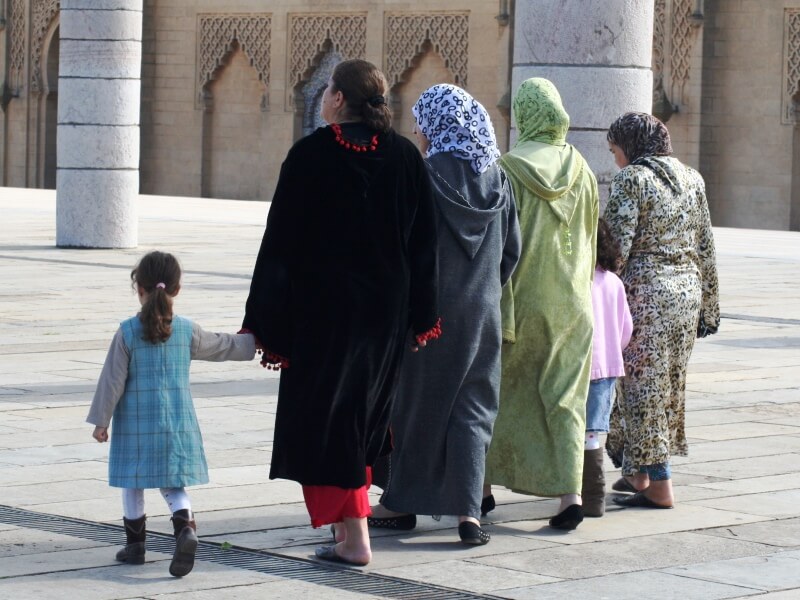
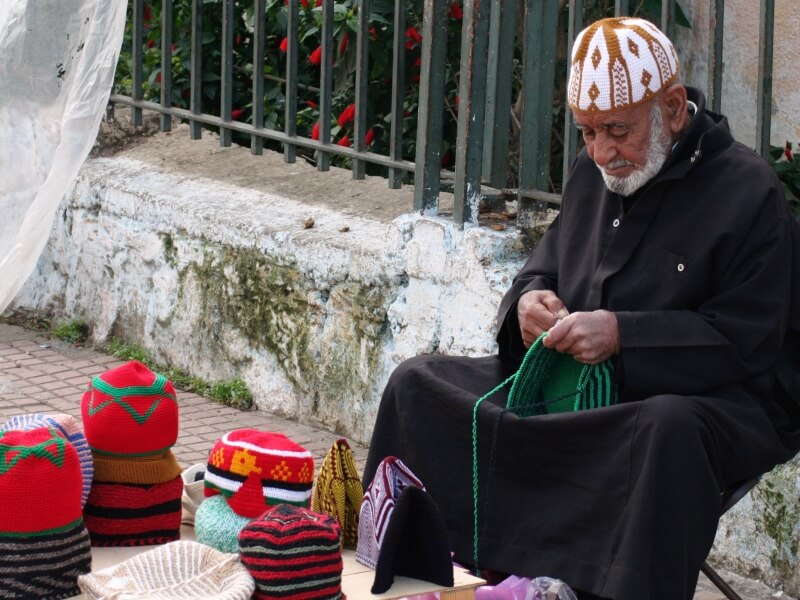
The visit of Meknes is very interesting, made so also by the explanations of our guide Bouchra.
The city of Meknes, composed of the Medina, the Kasbah, 25 mosques, 10 Turkish baths and numerous granaries and palaces, was the first great work of the Alawite dynasty and is today considered an exemplary testimony of the fortified cities of the Maghreb. Surrounded by imposing walls, 40 kilometers long and with ramparts that reach 15 meters in height, inlaid with 9 monumental gates, inside you can stroll among beautiful Hispano-Moorish style buildings dating back to 1600.
We got lost in its intriguing souq until we finished dinner in the traditional Riad Bahia.
Typical dinner based on antipastini with chickpeas, aubergines and peppers, chicken cooked with tajine etc.
Entering Fez (or Fes) you will feel like you have taken a dip in the past and you will breathe a medieval air: your senses will be lost among wonderful landscapes, rich scents and many colors.
Fez is divided into the New City or Fès el-Jedid, i.e. the imperial city built starting from 1200, where the station, the Royal Palace and the Jewish quarter are located, and the Old City, or Medina, called Fès el-Bali, the oldest walled part of Fes, a true labyrinth of streets, over 9 thousand, with markets of all kinds, from carpets to brass objects, ceramics to fabrics and leather, and where goods are still transported on the back of donkey. The Medina of Fez is dotted with palaces, medrese and mosques, the wonderful Karaouine Mosque, which its craftsmen have shaped over a thousand years.
The thing that upset me most, especially my nostrils, was the tannery.
The Tanneries of Fez, or Chouara, with their pungent smell, huge stone basins full of pigment and leathers hung out to dry one after the other, are famous all over the world. Fez's medieval tanneries district is a must-see if you are visiting the oldest of Morocco's imperial cities.
Here the same processes of the sixteenth century are still used today, when Fez established itself as a leader in their production, to treat cow, camel, sheep and goat skins.
The tanneries are accessible to tourists with a minimum admission fee but you can admire the extraordinary spectacle of the cellular cisterns from the terrace roofs of the numerous leather goods shops in the Medina of Fez. The frantic workers, with bare legs colored by multicolored pigments, such as turmeric yellow, indigo blue, mint green, clean the skins, soften them, color them and finally hang them out to dry.
The best time to visit the Tanneries is during the morning as there is more activity.
The visit to the madrasa is interesting: the Koranic school where children study the Islamic holy book for 30/40 years.
Finely decorated and very old schools!
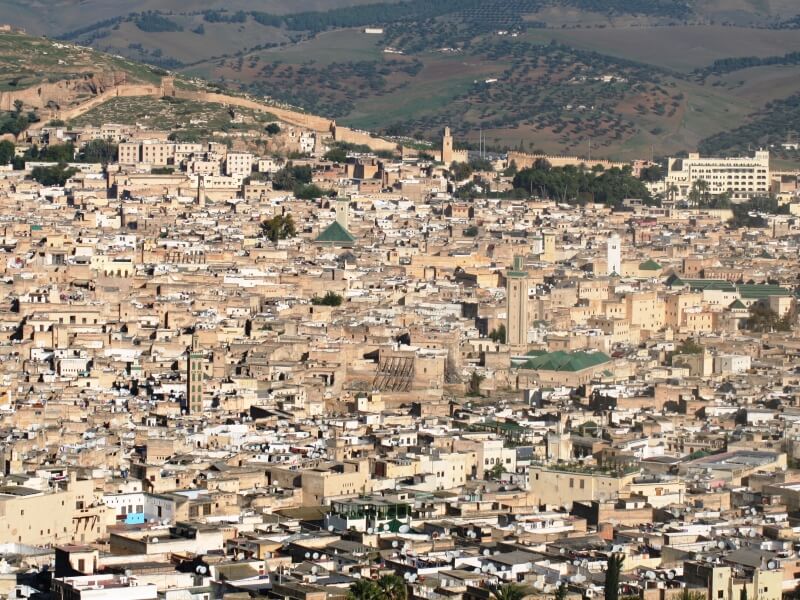
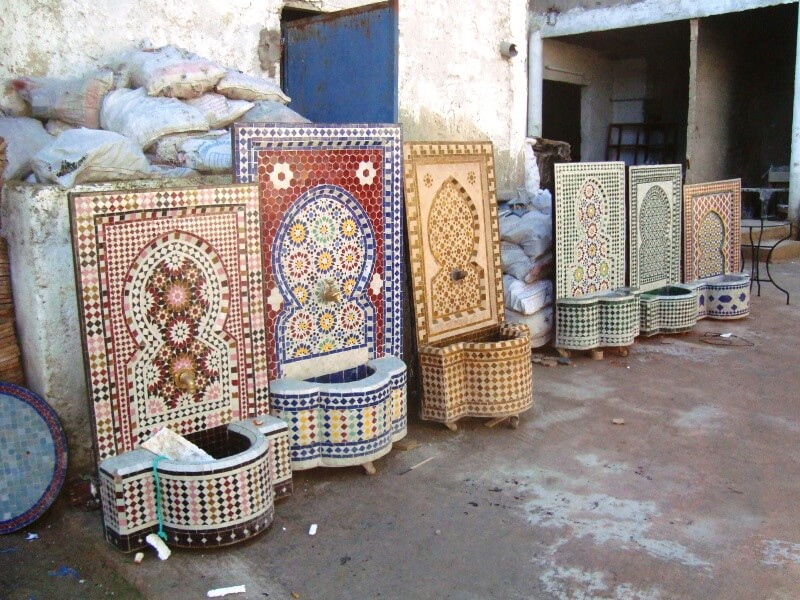
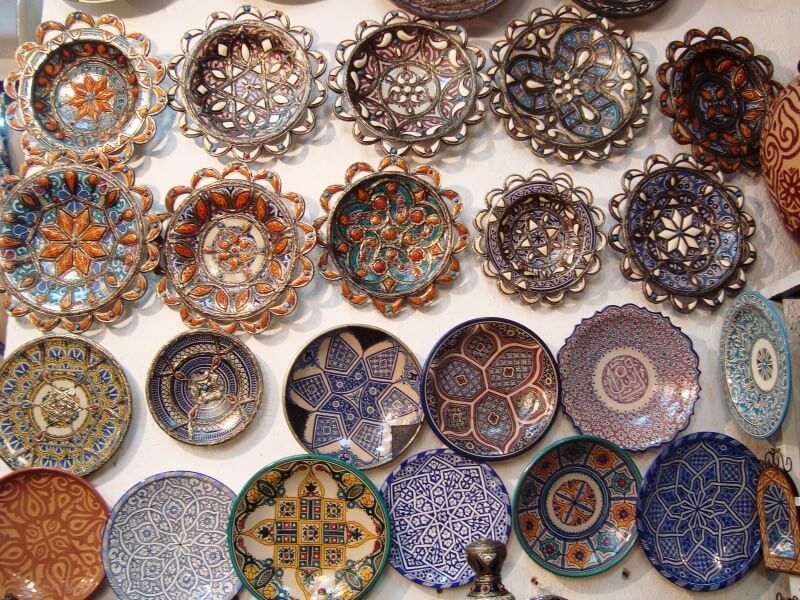
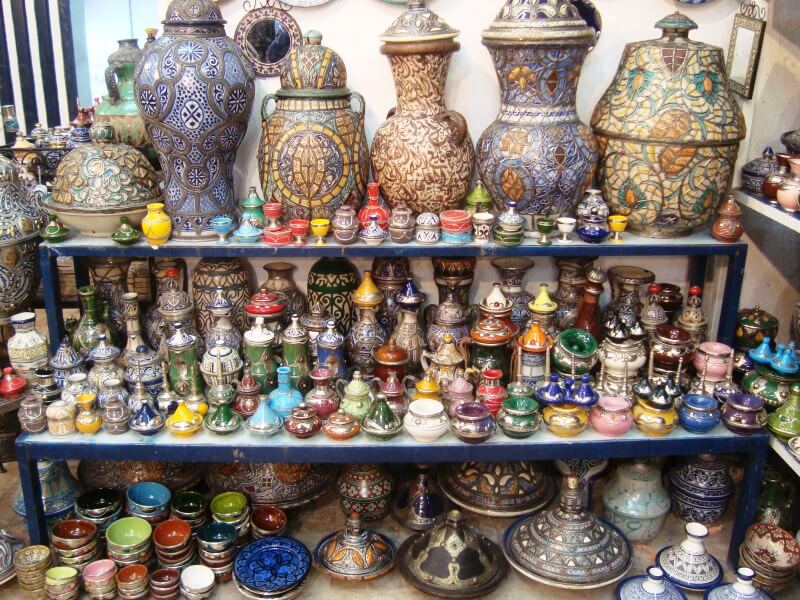
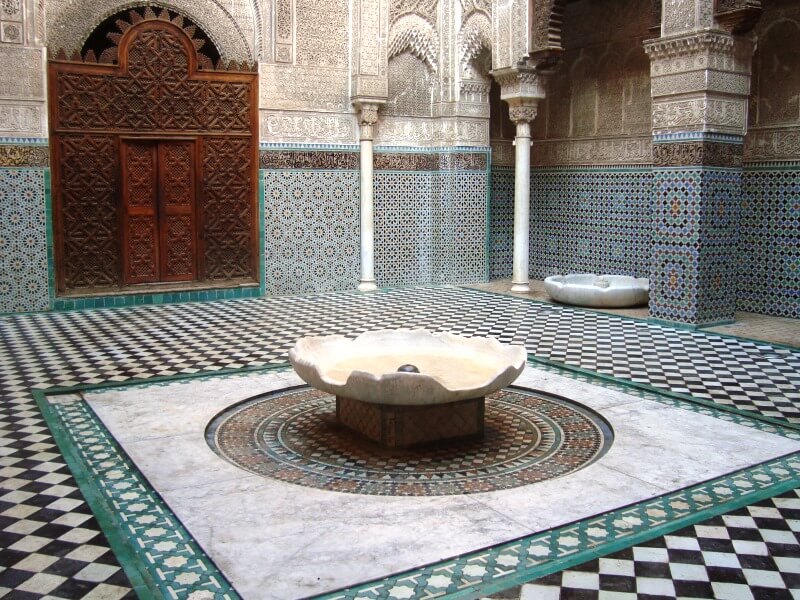
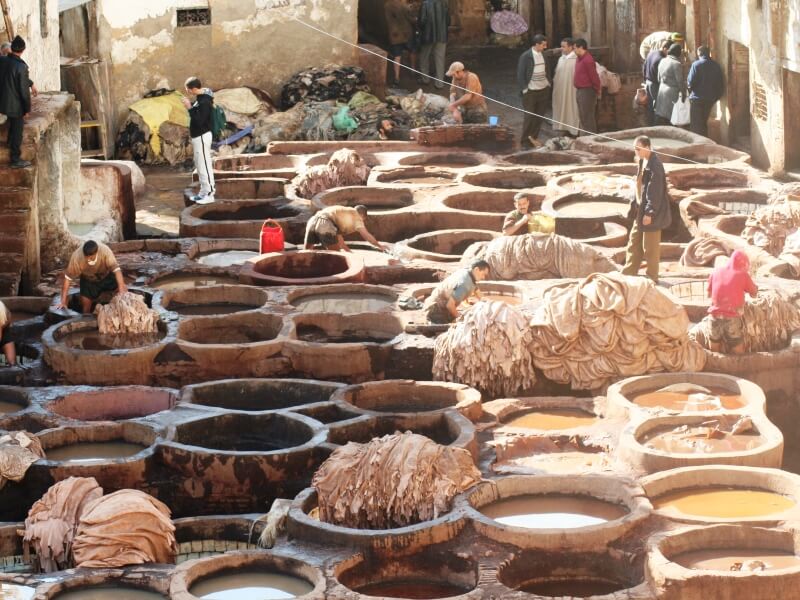
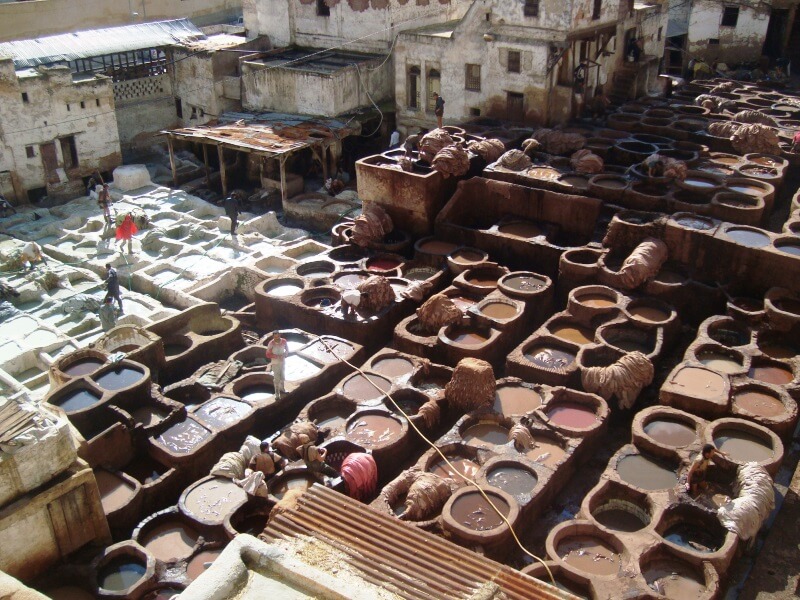
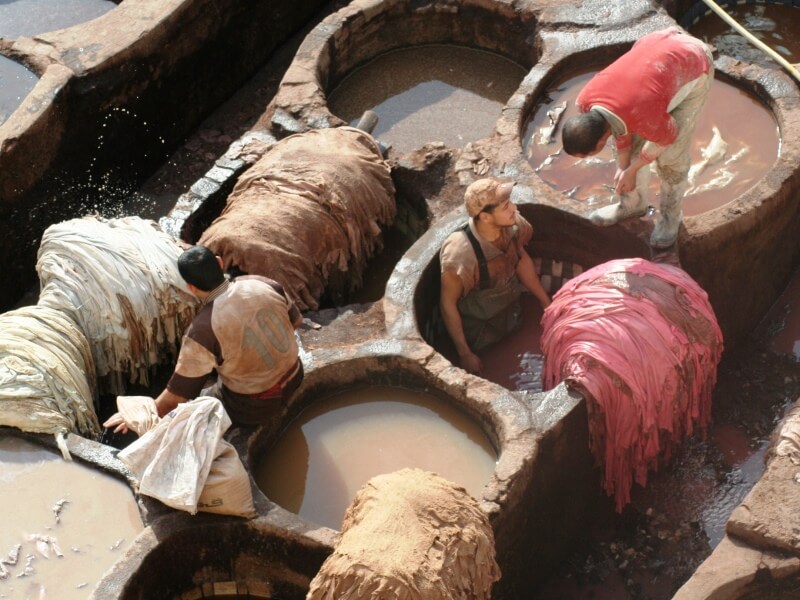
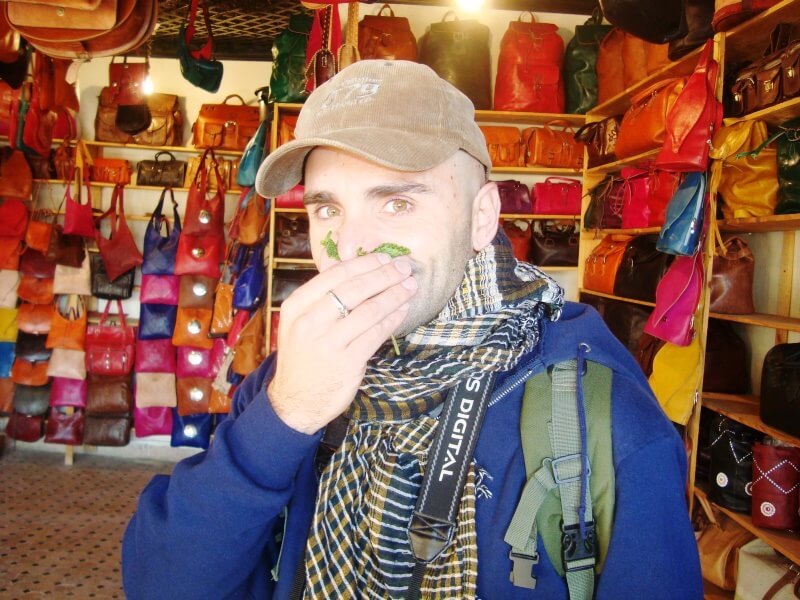
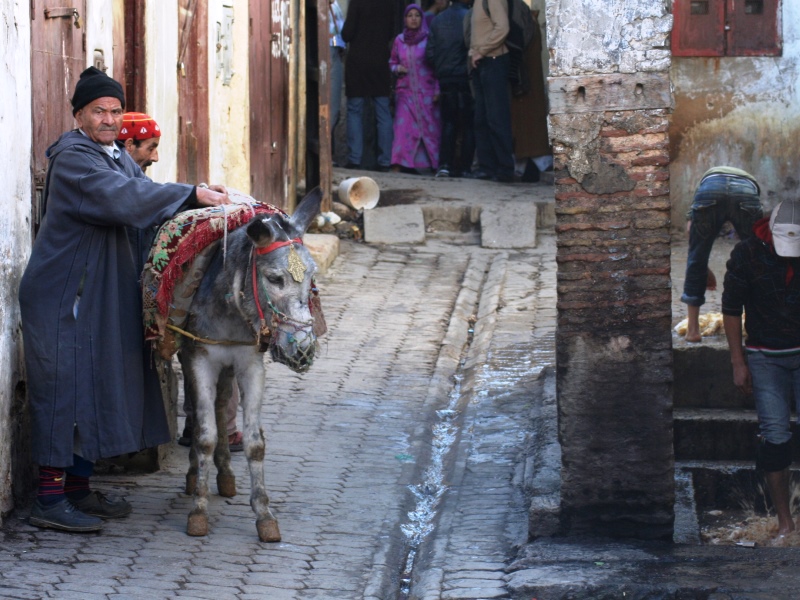
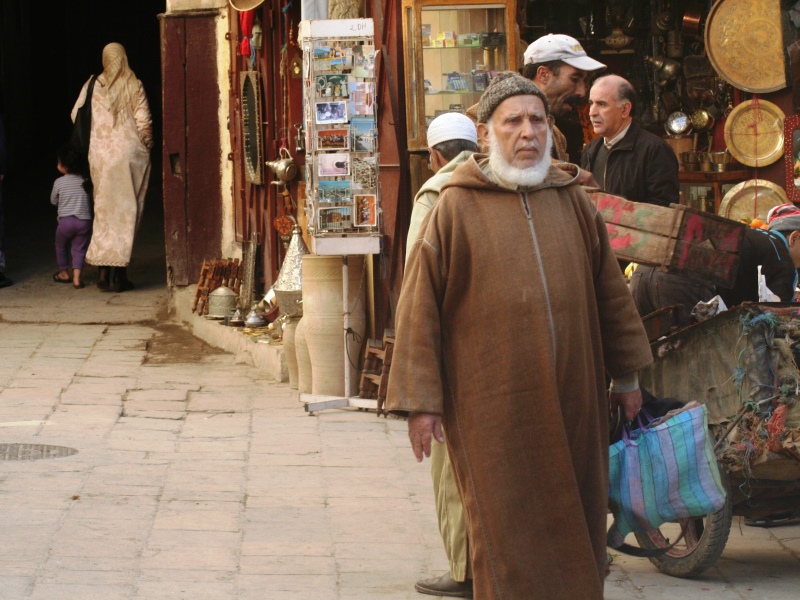
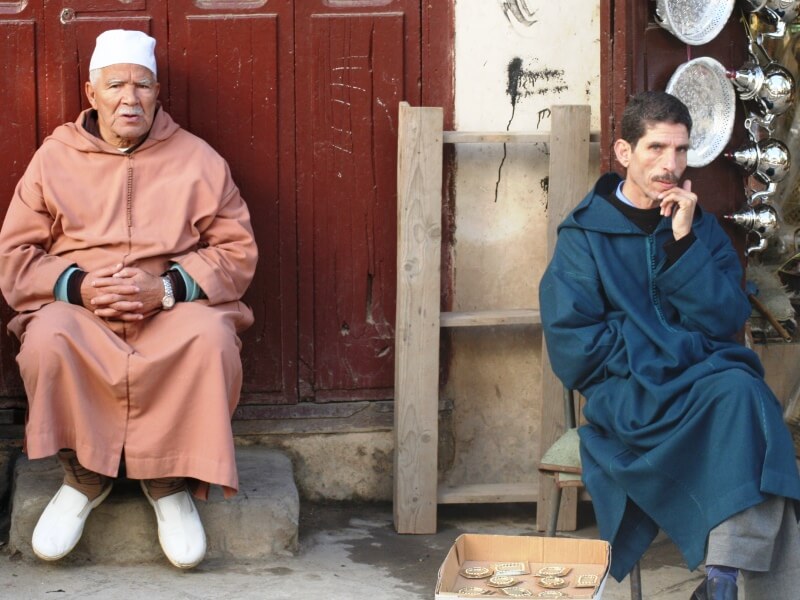
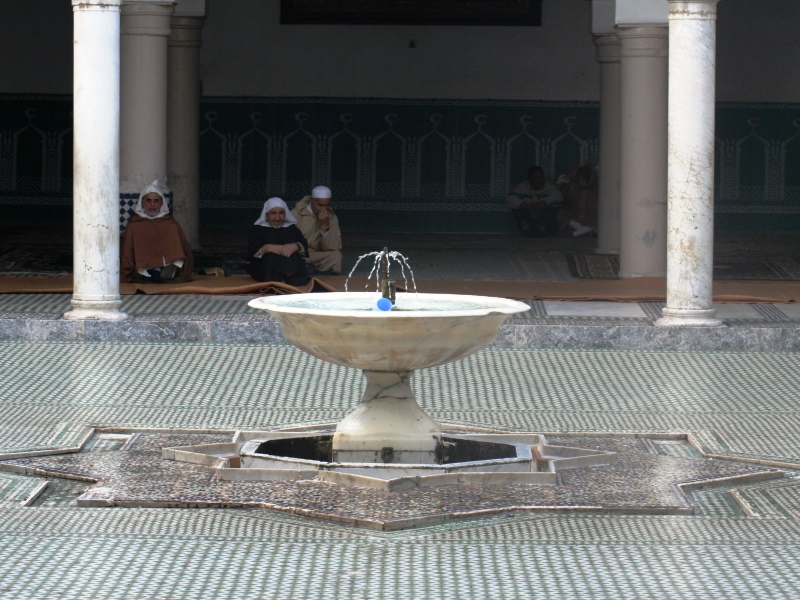
We travel a long way to reach Rissani with its spice market but above all of rams and donkeys.
In a large clearing there were tied donkeys, some with saddles, others without.
They explained to me that the latter were for sale while the former were simply parked; a real parking lot, at the price of 1 dirham per day, this is because the donkey is the most used means of transport here.
An expanse of dunes that extends as far as the eye can see, an unreachable horizon and the only sound of a camel's leg sinking into the sand: Merzouga is the ideal starting point to live the dream of trekking in the desert. This city in the south of Morocco, not far from the border with Algeria, has no significant monuments or historic buildings, but it is essential because it is from here that tours on foot, by camel or by 4WD to the great dunes of Erg Chebbi depart.
After wearing a Berber turban we reach, aboard two jeeps, our desert man: Omar in Merzouga and after a romantic tea in the desert, riding our trusty dromedaries we immerse ourselves in the 100% Saharan atmosphere to reach our erg.
The silence of the desert broken only by the thud of the footsteps of our dromedaries is priceless ...
The crossing is quite difficult, our poor buttocks struggle not a little to keep up with the rhythm of our ruminant friends ...
Almost two hours later we conquer our longed-for tents!
Enjoy a convivial dinner, all gathered together under the stars, eating from the same plate, like the Bedouins of the desert did. Listen to the rhythmic, sometimes poignant melodies of traditional music, then indulge in a restful sleep. Before falling asleep remember to look up to the sky and have several wishes ready to fulfill: you will not fail to see one - and probably more - shooting stars.
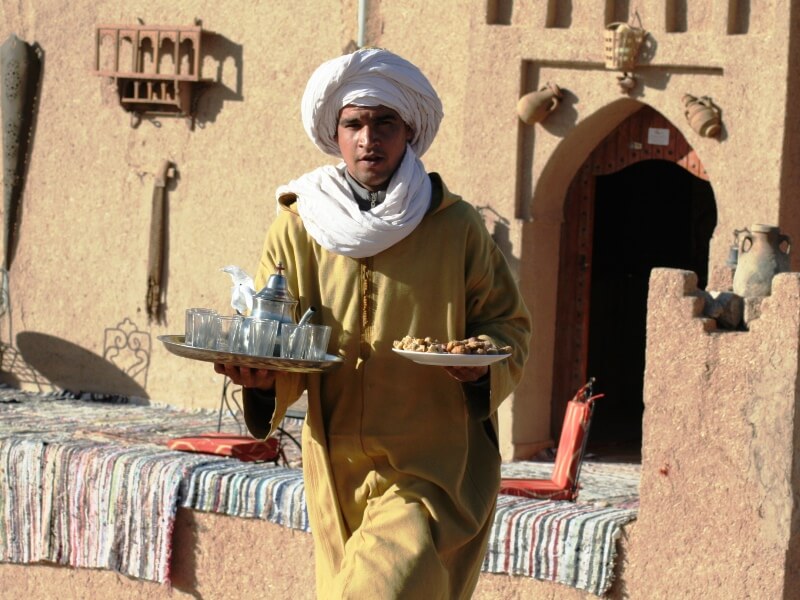
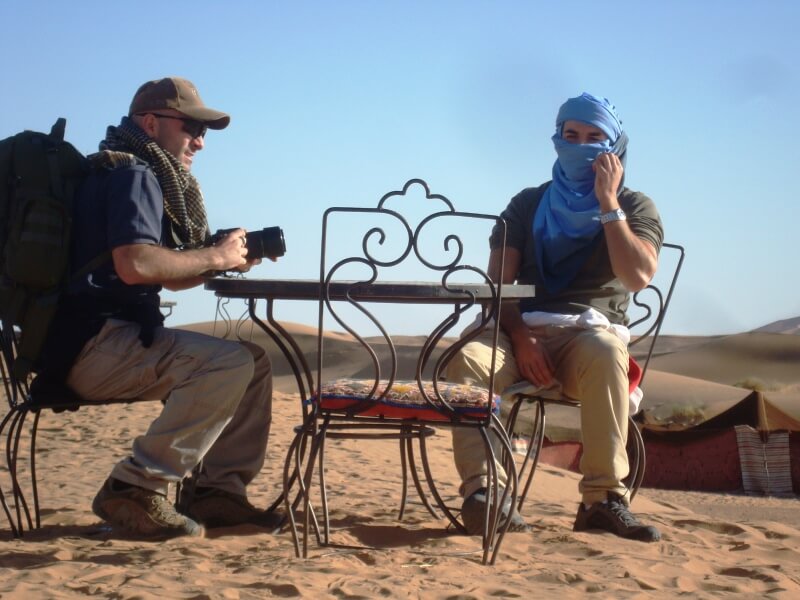
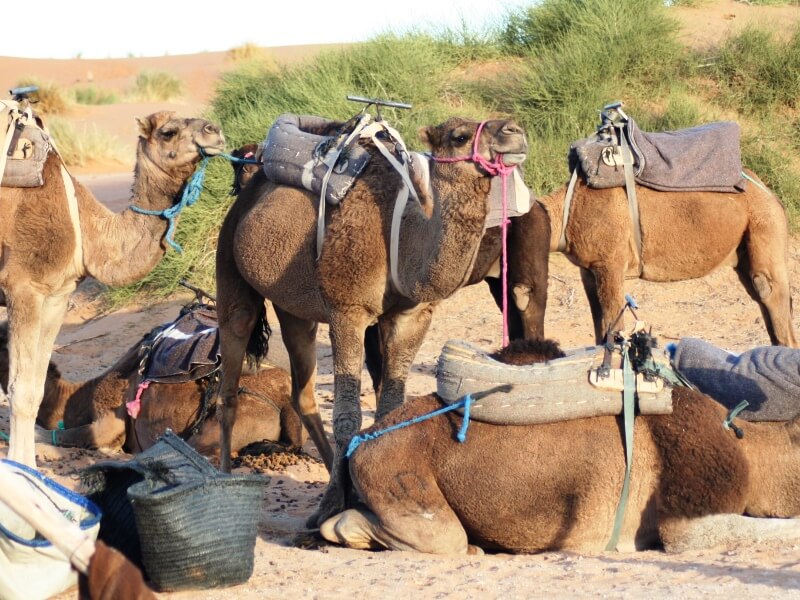
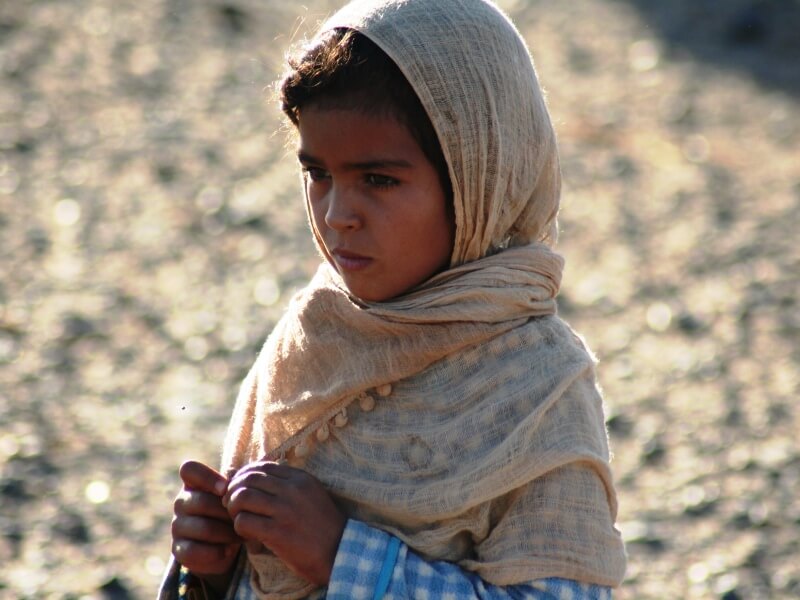
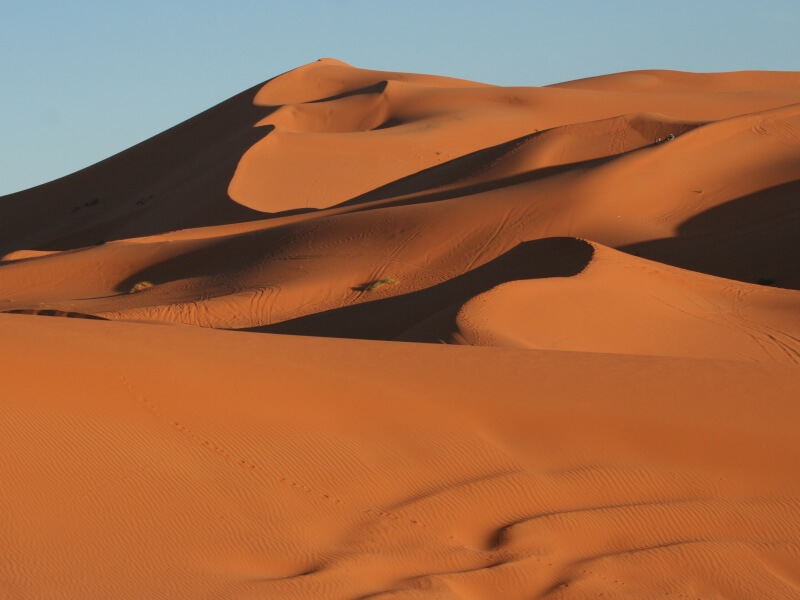
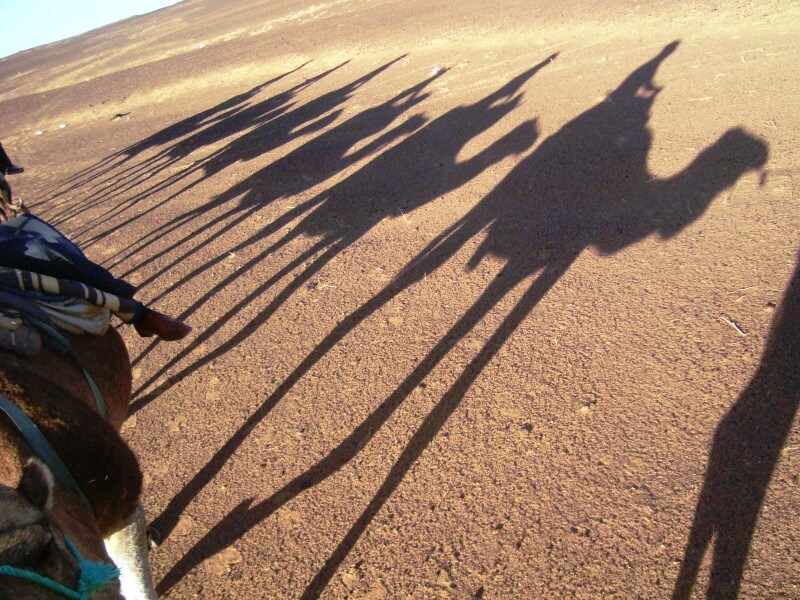
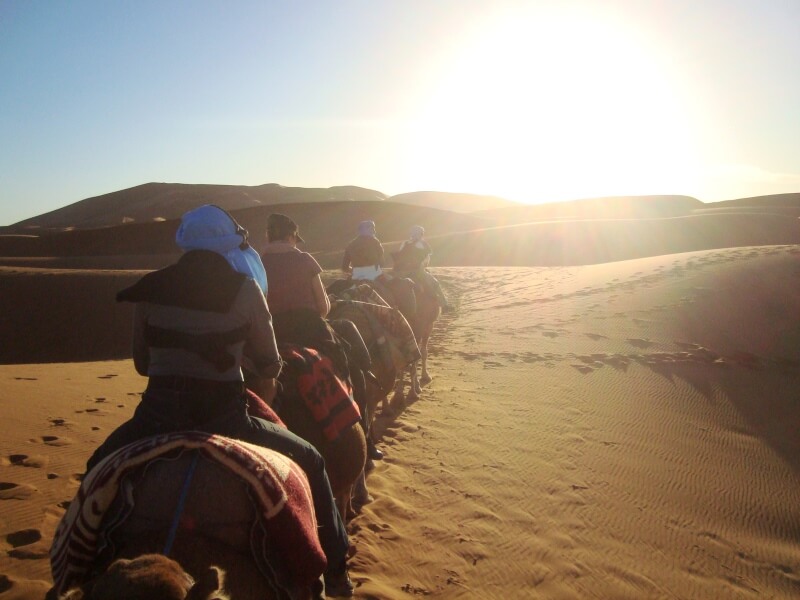
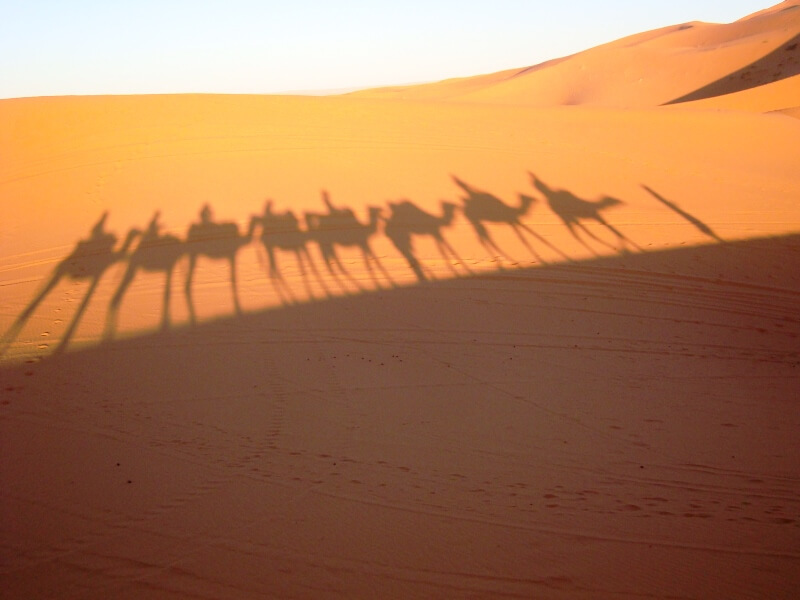
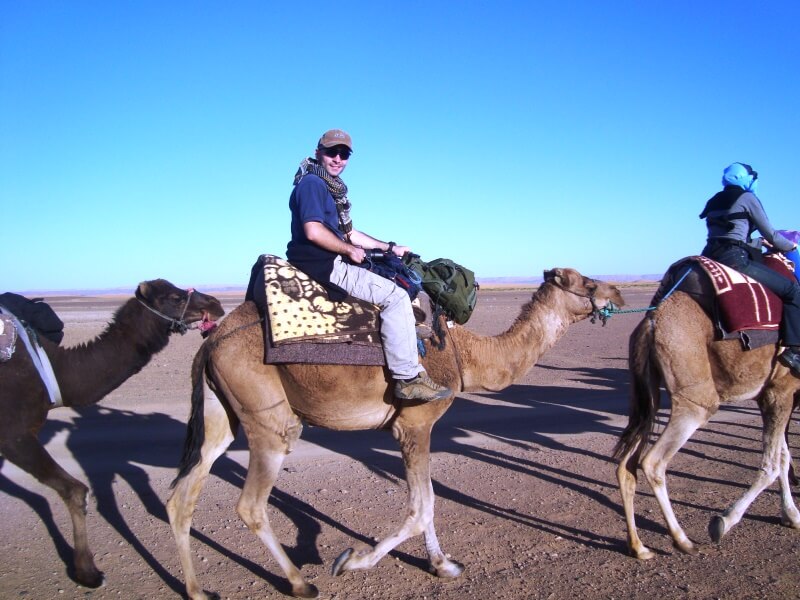
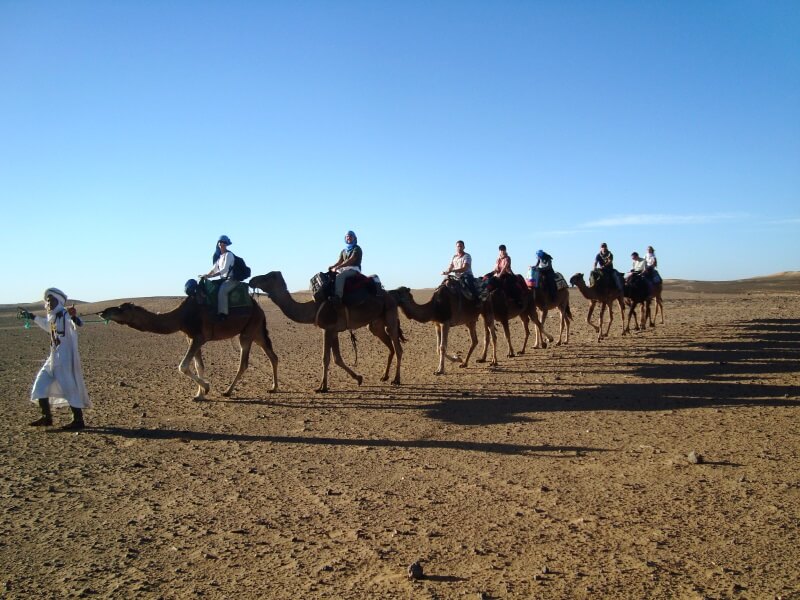
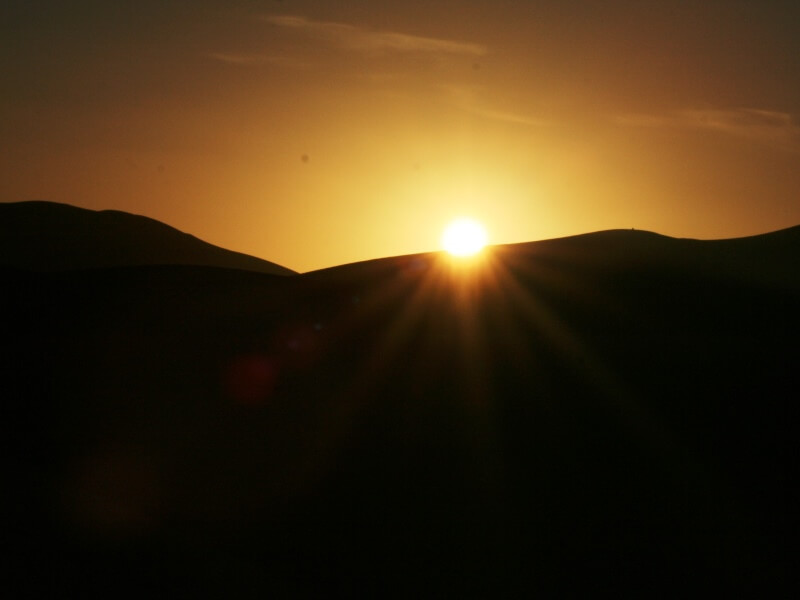
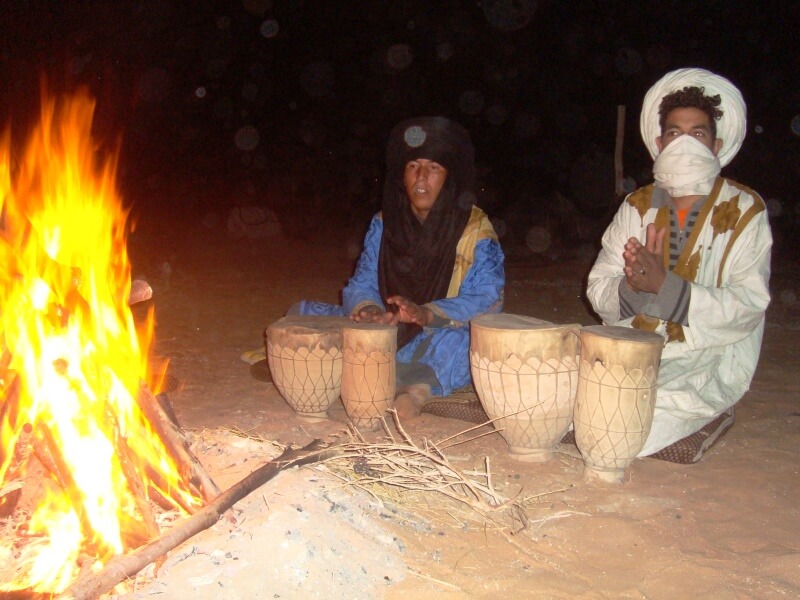
At six Salim wakes us up: the sun is about to rise!
We soon find ourselves on the highest dune to admire this yet another spectacle of nature!
Just the time for a warm Berber tea that we leave on the saddle of our dromedaries!
The return is even more tiring than the first leg. Our buttocks are still a bit worn!
One of the most spectacular and scenic places in Morocco is the Dades Valley, a canyon not far from the Todra gorges, 110 kilometers from Ouarzazate, in the heart of the valley of roses.
The Dades Valley, or Valley of a Thousand Kasbahs, has formed over the last 600 million years through the walls of the High Atlas Mountains thanks to the Dades River and, for hundreds of years, has been the main road between the desert and the ancient commercial oases of Tifilalt.
Its lunar landscapes are pierced by numerous oases, palm groves and beautiful Kasbahs offering the visitor a spectacular contrast between the brown rock formations and the bright colors of almond, fig, walnut and birch trees.
The Kasbahs scattered throughout this valley are absolutely not to be missed, the beautiful ones of Skoura, a wonderful oasis with a wonderful view of the Atlas Mountains, even if the natural beauty of the area is the real treasure.
But our destination today is still a long way off.
In a remote part of Morocco bordering the Jebel Sarhro mountain range, you will find the Todra Gorges, one of the most spectacular canyons in the world. High walls of pink and gray rock carved by the water will open up before your eyes leaving you amazed by their grandeur.
From the name that seems like a tongue twister, you would never say that Ouazarzate is such an important city, instead it has always been able to exploit its strategic position between Marrakech and the desert to make activities and businesses flourish and is the largest of the cities in the pre-Saharan oases. of Morocco.
For centuries it was a post office for caravans headed to Timbuktu, in the 1920s it became a garrison of French colonialism and in the 1950s it became the film set where films were shot set in exotic, remote or no longer existing locations such as Tibet. ancient Rome or Somalia (hence the nickname of Ouallywood).
Here we get lost among the sets of Atlas Studios.
A sort of Moroccan Cinecittà, the set of numerous international films, from: “Asterix and Obelix” to “Cleopatra”, from “Ben Hur” to “Gladiator” etc.
We finally arrive in the glittering Marrakech!
Getting lost in the medina of Marrakech (or Marrakesh) is one of the travel experiences that everyone should do at least once in their life: at every corner a new surprise awaits you, a new wonder.
The splendor of the sultans, the warm color of the stone, the intricate streets of the medina, the bright shades of the fabrics on sale at the market, the muezzin that with its song calls the faithful to prayer: these are the first wonders that await you in Marrakech .
The Jemaa El Fna square in the evening is magnificent!
The top attraction of Marrakech is Jemaa el Fna, the main square of the city: pulsating with life at all hours, it is animated by merchants, musicians, street artists, jugglers, snake charmers and tourists who flock to it. Lively during the day, suggestive at night. It is the perfect place to taste Moroccan street food and to attend outdoor shows that will catapult you into a Morocco of other times.
Couscous dinner on the terrace savoring the last fragments of Morocco.
With our guide: Hamid, we visit some of the most important monuments of the city.
Bahia Palace: a magnificent palace in the Medina that deserves a name that enhances its grandeur with greater emphasis. The grand vizier Si Moussa spared no expense in its construction and employed the best craftsmen in the country for 14 years: the result is a sumptuous building with over 150 richly decorated rooms. You will be able to see only a few, but they will be enough to leave you speechless in wonder, bewitched by inlaid or frescoed ceilings, white Carrara marble, yellow and blue mosaics, precious silks, colored glass and other riches worthy of an emperor.
Tombs of the Saadis: still opulence and luxury: this time, however, it is a funerary complex. The sumptuous Tombs of the Saadis were built by the will of the Saadite prince Ahmed al-Mansour, who lived between the sixteenth and seventeenth centuries. Fallen into oblivion for centuries, they were rediscovered only in 1917: a still little known treasure, which is accessed via a narrow passage from the Kasbah Mosque.
Koutoubia Mosque: unfortunately the Koutobia Mosque, like almost all mosques in Morocco, is not open to non-Muslim people. However, it would be a shame to leave Marrakech without taking the time to admire this architectural marvel from the outside. The intricate and elegant decorations of the minaret, the tower built in the 11th century inspired by the Giralda of Seville: the eye will be lost dreamily among harmonious decorative elements, keystones, exposed stone battlements.
But it's time to dive back into the labyrinthine streets of the souq!
Wander alone through those very narrow streets where they sell everything ... carpets, tajines, bags, spices, animals ... If you are in Marrakech, lose yourself in its souq ... let yourself be carried away by its smells, let yourself be enchanted by its colors and only in this way can you say that you have lived a little bit of Morocco!
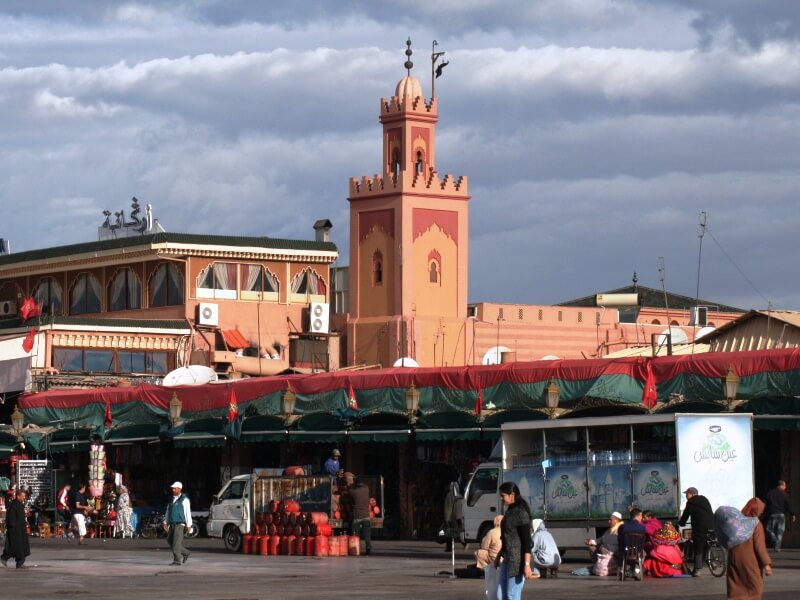
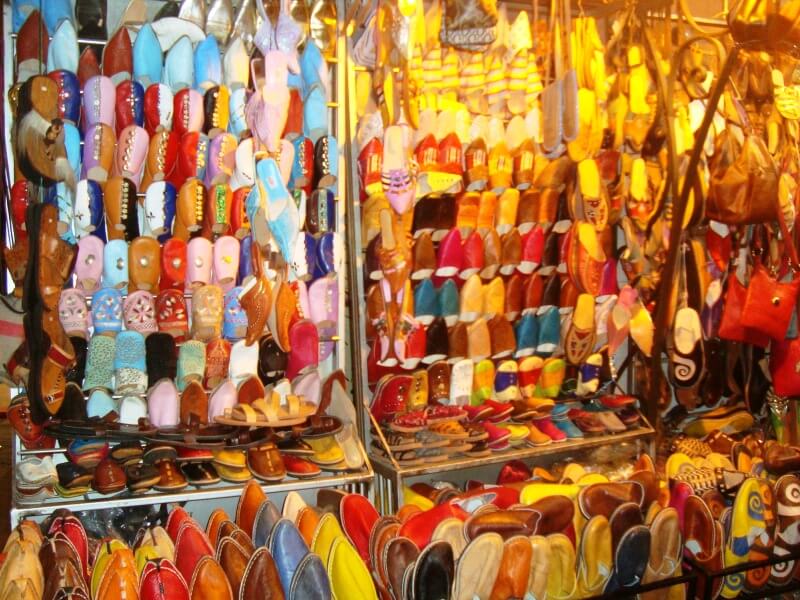
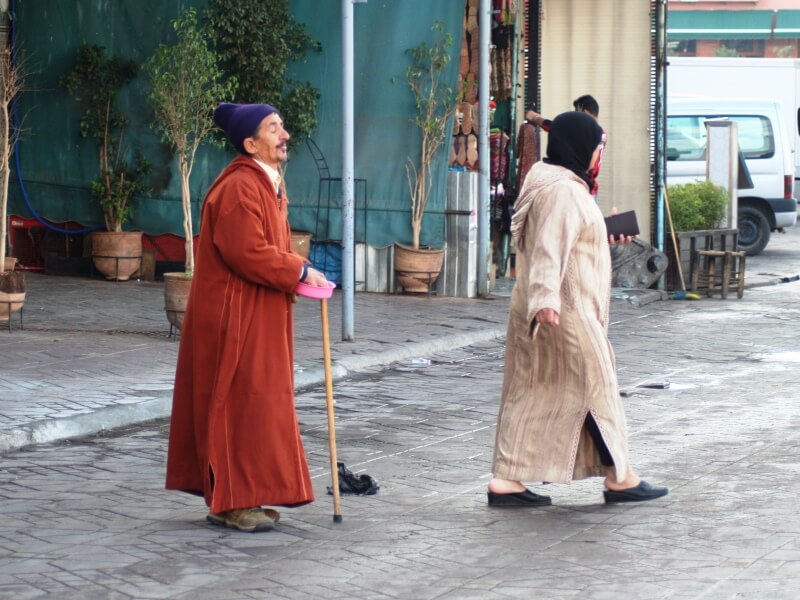
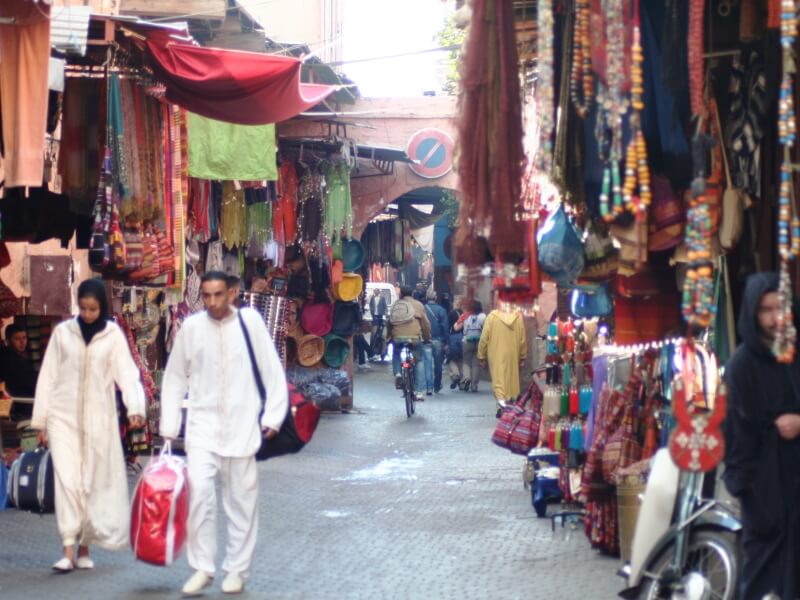
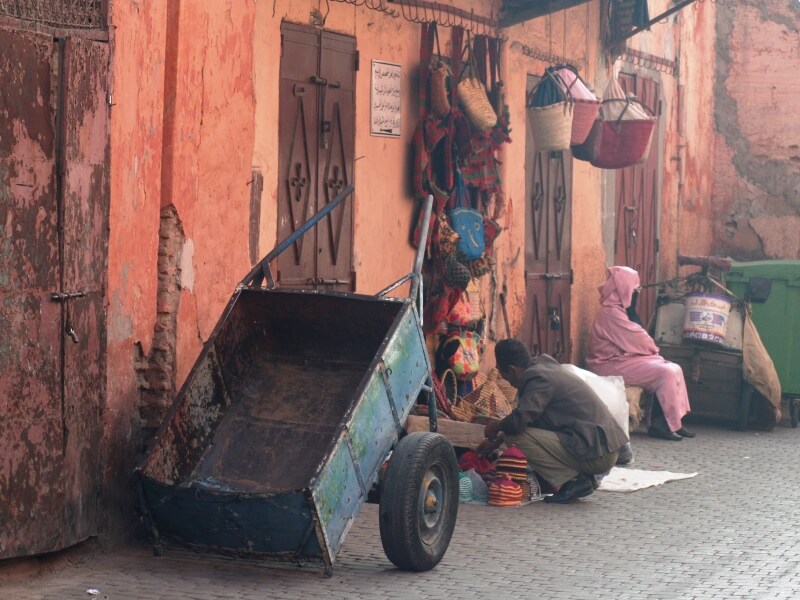
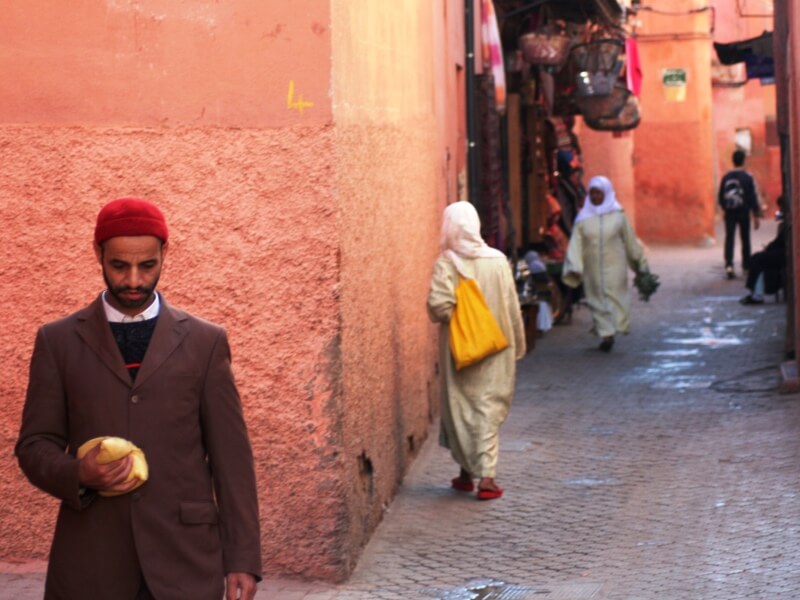
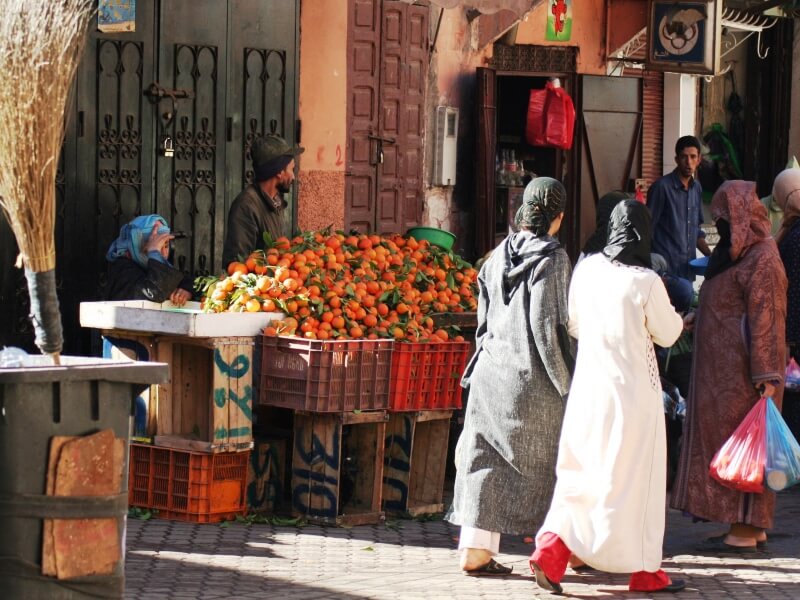



Error: No feed found.
Please go to the Instagram Feed settings page to create a feed.